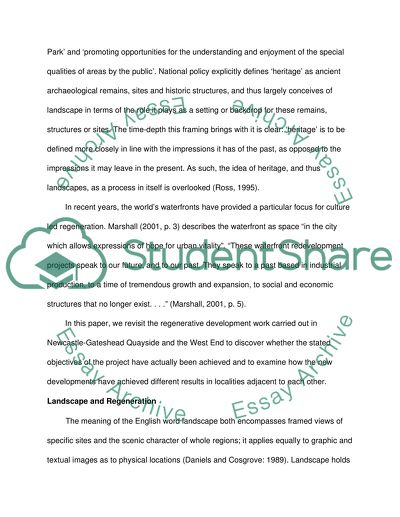Cite this document
(“Landscape regeneration project Essay Example | Topics and Well Written Essays - 2500 words”, n.d.)
Landscape regeneration project Essay Example | Topics and Well Written Essays - 2500 words. Retrieved from https://studentshare.org/miscellaneous/1517533-landscape-regeneration-project
Landscape regeneration project Essay Example | Topics and Well Written Essays - 2500 words. Retrieved from https://studentshare.org/miscellaneous/1517533-landscape-regeneration-project
(Landscape Regeneration Project Essay Example | Topics and Well Written Essays - 2500 Words)
Landscape Regeneration Project Essay Example | Topics and Well Written Essays - 2500 Words. https://studentshare.org/miscellaneous/1517533-landscape-regeneration-project.
Landscape Regeneration Project Essay Example | Topics and Well Written Essays - 2500 Words. https://studentshare.org/miscellaneous/1517533-landscape-regeneration-project.
“Landscape Regeneration Project Essay Example | Topics and Well Written Essays - 2500 Words”, n.d. https://studentshare.org/miscellaneous/1517533-landscape-regeneration-project.


